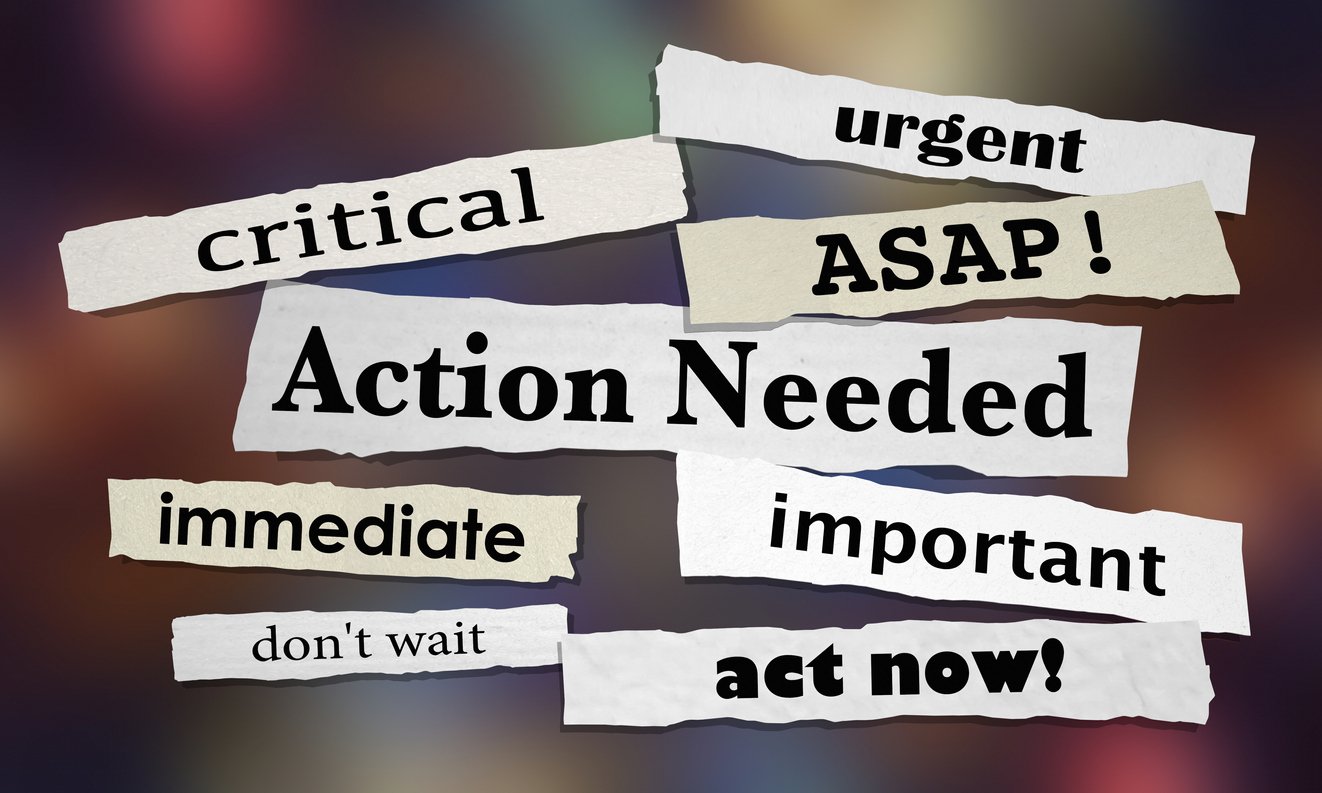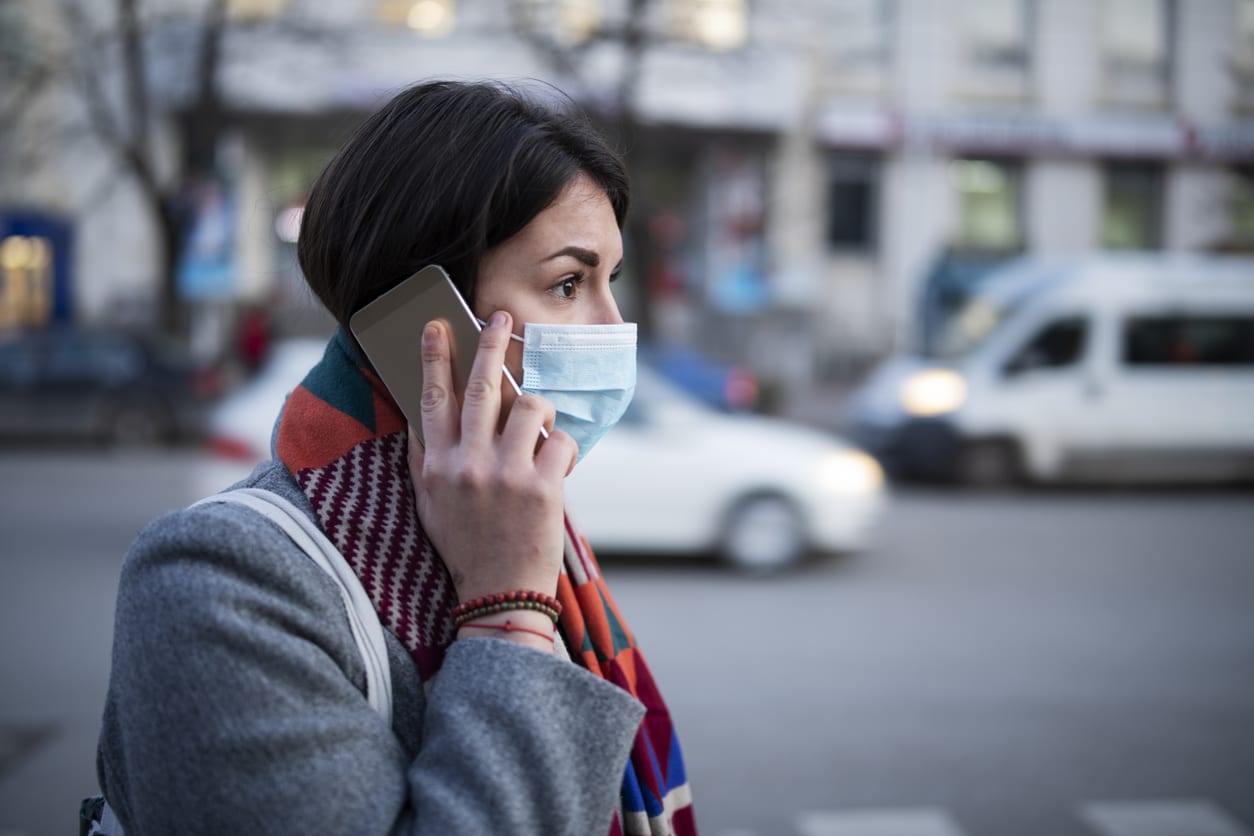The government and the World Health Organization (WHO) are working to communicate the measures we should take to contain the coronavirus, but schools and organizations must also take these steps. The pandemic will be a test of your emergency communications processes and systems. Are you up for the challenge?
Communication lies at the heart of public health and plays a significant role in disease prevention. Effective pandemic communications are increasingly seen as crucial in the prevention and management of health risks.
Throughout the pandemic life-cycle, organizations and schools play a critical role in protecting public health and safety, as well as in minimizing the negative impact on our economy and on our society. Effective pandemic communications are essential in limiting mortality caused by communicable diseases, such as the coronavirus, in addition to minimizing the damage these diseases can cause to the economy and public health infrastructure.
Planning for the pandemic coronavirus is critical. Now is the time to proactively prepare for this rapidly spreading health emergency. Proper preparation will minimize the disruption of business operations to the greatest extent possible.
The goal of this blog is to review the general principles of effective pandemic communications to aid in the prevention and control of communicable diseases, as well as provide examples of best practices to be used in pandemic communications policies, guidance, research, implementation, and scenarios.
What are Pandemic Communications?
Pandemic communications refer to the exchange of information about health risks among individuals, groups, and institutions. It involves dynamic and interactive processes with exchanges between different groups of key stakeholders and audiences.
Developing a Pandemic Communications Plan
A Pandemic Communications Plan enables you to respond to stakeholders in a focused and strategic manner. Organizations need to put a plan in place to communicate with employees, customers, and other stakeholders. A coordinated pandemics communications plan will ensure consistent and relevant messaging. Ideally, the plan is automated in order to reach the right people at the right time.
Trust is the key principle in pandemic communications. Lack of trust can be attributed to a number of factors, such as a lack of belief in the competence, knowledge, fairness, and honesty of sources. The reasons can vary from situation to situation. Unfortunately, when people are upset, they often do not trust authority. Proactive outreach is one of the most effective means for achieving trust.
Constructing a proper Pandemic Communications Plan will help you in building trust with your external stakeholders and will result in a higher likelihood of them following your instructions. It will also build trust with your internal stakeholders to ensure more seamless execution of the plan and, ultimately, quicker and more reliable communications. You will need to achieve and maintain consistent communications and messaging with both internal and external stakeholders during these emergency situations.
Pandemic Communications Plans are important because events, such as the spread of the coronavirus, can have a dramatic impact on health, safety, business operations, and recovery. You must plan for sustained contact with carefully crafted messaging around both health matters, as well as impact on business operations. The Pandemic Communications Plan should include the identification of key contacts and back-ups, the chain of communications, and the processes for communicating business and employee status.
Collaborate with federal, state, and local public health authorities and emergency responders on planning processes, your pandemic plans, and how to leverage their capabilities. Local and state public health agencies and emergency responders may have assets and/or services your business could use to its benefit.
Assuring business continuity also means planning for active shooters and inclement weather situations. With that said, those events are typically restricted to certain geographic areas and limited time frames. Global health pandemics require more extensive planning, as it will be more geographically dispersed and could last months at a time.

Sample Pandemic Communications Response Plan
1. Designate a communications coordinator and spokesperson
2. Identify communications needs
– Who is the target audience? (See audience segmenting below)
– What are your goals and objectives?
– What are the key messages?
– What materials are needed? Develop and disseminate materials covering pandemic fundamentals, personal health protection, and response strategies. It is important to ensure pandemic communications materials are easy to comprehend.
3. Create the Pandemic Communications Plan
– How will you disseminate messages?
– What are your communications resources?
– What are your update procedures?
– What are your talking points?
4. Monitor information and responses
More information on evaluating your pandemic communications process below.
Following Pandemic Communications Guidelines
In addition to gaining trust, there are other key guidelines to consider in strengthening your organization’s pandemic communications:
– Timing: The sooner you can get out notifications, the better. Anxiety will grow if your stakeholders do not hear from you. Timely communication can also prevent the spread of coronavirus, thereby reducing the duration and severity of outbreaks and, ultimately, saving lives.
– Transparency: Being open and honest with your stakeholders will aid in gaining their trust, which is incredibly important in emergency situations. If you are still determining the best path forward, communicate what is being done to assess next steps.
– Specificity: Notifications should provide specific guidance and actions stakeholders can take in order to limit their exposure to such pandemic outbreaks as the coronavirus.
– Testing: If possible, pandemic communications messages should be pretested. Effective pandemic communications engages with and responds to its stakeholders, including pretesting of messaging and tailoring to specific audiences.

Guiding Principles for Pandemic Communications
– Do more good than harm
– Exhibit fairness in decision-making
– Leverage pandemic communications resources
– Impose flexible, evolving processes
– Understand the complete elimination of risk is not possible
Evaluating Your Pandemic Communications Process
Providing the right messaging at the right time to the right audience can help protect your stakeholder’s health and minimize disruption of business operations throughout the pandemic life-cycle.
Phase 1 – Assessing the Situation:
You will want to invest in tools and resources that enable you to detect potential emergency situations early. Assign teams to monitor the news and government announcements. Your company’s managers, human resources, and employees should pay attention to the guidance provided by local and state health departments, as well as the Centers for Disease Control and Prevention (CDC) and the WHO.
It is important for them to rely on credible sources in a time where there may be a lot of misinformation. The CDC has adopted Crisis and Emergency Risk Communication (CERC) practices, which stress that successful communication is:
– Accurate
– Credible
– Showing empathy
– Promoting action
– Showing respect
CERC is a valuable and internationally recognized communication model. It consolidates the traditional principles of risk communication with more recent work in crisis and disaster communication. CERC offers course materials, books, videos, online training, on-site training, and accredited certification.
It may be difficult to balance speed and credibility in a time when information is rapidly changing. Presenting information as factual and then later found inaccurate will undermine trust and make it less likely for your audience to follow future instructions.
The coronavirus pandemic will likely affect different regions at different times and with varying degrees of severity. Your organization’s messaging will need to address the current situation in the regional, national, and global context and dispel any misinformation that may be circulating.
Phase 2 – Segmenting Your Audience:
Ultimately, the main objective of pandemic communications is to inform your audience about potential risks posed by the pandemic so those individuals can take the appropriate actions. This is achieved by conveying relevant information in formats that are easily accessible and tailored to your audience through various communication channels.
It is highly likely that you will need to communicate different information to your various stakeholders depending on their connection to your organization and the role they play. The diversity within your organization will require a multifaceted approach so the right message is delivered at the right time to the right people using the right channel(s). The characteristics of each target audience should help guide the information you are communicating. Segmenting will enable you to automate messages, while still ensuring the most relevant messages are being sent to the appropriate individuals.
Phase 3 – Execution:
While notifications can be sent out manually, many schools and organizations in emergency situations choose to rely on automated notifications in order to reach their stakeholders as quickly as possible. Successful pandemic communications can be achieved using routine messaging leveraging emergency notification systems. These systems provide a scalable approach to pandemic communications and incorporate best practices. They align pandemic communications strategies with trends in how people currently access and utilize health information.
Regardless of the method you choose, it is important to keep the following in mind…
– Put the health of your stakeholders first and ensure they have the information needed to protect themselves and others.
– While regular communication is important, try to consolidate messaging and spread notifications out over time to avoid overwhelming your stakeholders. Communication overload can be a major challenge in emergency situations, as lots of information is being dispersed from multiple sources.
– Keep your messages brief and to the point. You want your audience to remember the key messages after your communication is complete.
– Uncertainty during a pandemic can increase fear, anxiety, and the rapid spread of misinformation. All pandemic communications operate in a realm of uncertainty. If you are apprehensive about the information you are communicating, make that clear and inform your audience of what is unknown, what is being done to increase understanding, and that the information you are providing may change. Communicating risk effectively requires explanation of the uncertainties associated with the nature, magnitude, and control of the situation.
– Ensure the information provided is coordinated, consistent, and appropriate across all sectors of your organization.
– Whenever possible, let your audience know when they can expect to hear from you again. You will need to establish procedures for how your pandemic communications team will provide updates.
– Utilize multiple communication channels (text, email, social media, web, voicemail, etc.). These channels must be used responsibly to
inform, educate, and help prepare your stakeholders, without causing panic.
– Promptly address rumors, misconceptions, and inaccuracies.
– Observe the communication skills of other organizations and learn from their successes and failures.
Phase 4 – Next Steps:
There is a need for systematic evaluation of your pandemic communications. Provide an easy way for your stakeholders to ask questions and provide input. Continually monitor the questions, concerns, and feedback you receive from them.
You will also want to monitor and adapt to your stakeholder’s perception of risk. Risk perception is a strong indicator of their willingness to change behavior during the pandemic. Risk perception is perhaps as significant as the threats to which we are exposed. Therefore, perception of risk presents substantial challenges for pandemic communications efforts. A conceptual mental map can help your audience better understand the risk and the information provided. As you develop messaging, you should be mindful of how the public is perceiving risk and responding to your communications. Listening to and addressing concerns will enable you to be more effective in getting messages across.
Use this information to continue to improve upon your pandemic communications strategy. Reflect on what is working well and what needs to be improved. This will enable you to be even more prepared and effective in future emergency situations.
Pandemic communications are based on ongoing projections and the potential degree of future harm. You can prepare for future events by researching the ongoing improvements and innovations in the area of pandemic communications.
Conclusion
The urgent and unpredictable nature of the coronavirus requires a systematic approach to pandemic communications. Effective pandemic communications are essential in responding to infectious health threats, such as the coronavirus. Schools and organizations should embrace pandemic communications best practices, such as being explicit about uncertainties.
Pandemic communications messaging should be carefully considered and transparently communicated. The stakes of effective pandemic communications are high. They are extremely important in building trust with stakeholders in your school or organization.
There is an ongoing need to consider new pandemic communications tools and methodologies. Getting it right will protect lives and enable you to lead effectively during emergency situations.
Click here to read the Definitive Guide to Pandemic Communications



